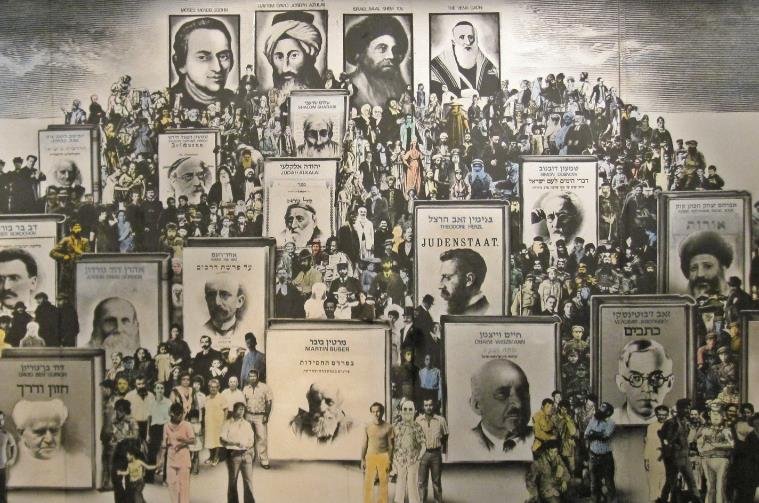In the aftermath of the October 7 Hamas attack, historian and amateur photographer Dana Arieli embarked on a poignant project to document the life and resilience of Israel’s southern region. Her exhibit, “The Photographer of Things — Southern Album,” now on display at the Petach Tikva Museum of Art, features a collection of photographs that span decades, capturing the essence of a region marked by both beauty and trauma. This exhibit offers a unique glimpse into the lives of those who have endured and thrived in this historically significant area.
Dana Arieli’s journey began with a simple yet profound act: uploading a different photograph to her Facebook account each day. These images, contributed by her network of photographer friends, many of whom had documented the western Negev, formed the foundation of the exhibit. The collection includes works from over 100 photographers, some of whom are no longer living, showcasing the rich history and evolving landscape of Israel’s south.

The exhibit is not just a visual journey but a historical narrative. It includes images from the early years of the south, when people first settled the Gaza envelope region in the 1950s and 1960s. These early photographs contrast sharply with more recent images, highlighting the transformation of the region into a “wounded landscape” following the ongoing trauma of October 7. Arieli’s work emphasizes the resilience and spirit of the people who call this region home.
One of the most striking images in the exhibit is of a young boy peering through the fence of Kibbutz Nahal Oz, looking towards the Gaza Strip. This powerful image serves as a poignant reminder of the region’s turbulent history and the enduring hope of its inhabitants. Another notable photograph captures the intersection signpost near Kibbutz Sa’ad, pointing to villages and communities that have been deeply affected by conflict.
A Tapestry of Memories and Histories
The exhibit’s title, “The Photographer of Things — Southern Album,” reflects Arieli’s approach to capturing the multifaceted nature of life in Israel’s south. The photographs are not just about the physical landscape but also about the people, their stories, and their memories. Arieli, a professor at the Bezalel Academy, has spent much of her career studying the history of trauma as witnessed through photographs, particularly those related to the Holocaust.
After the October 7 attack, Arieli reached out to her network of photographers, asking them to contribute their work. The response was overwhelming, with nearly 200 portfolios submitted. Arieli meticulously curated these images, ensuring that the exhibit would provide a comprehensive and respectful portrayal of the region. She made a conscious decision to exclude graphic photos, focusing instead on images that offer a deeper understanding of the area’s history and the resilience of its people.
The exhibit also includes photographs from Arieli’s own research in various photo archives. These images, combined with the contributions from other photographers, create a rich tapestry of memories and histories. The exhibit is a testament to the power of photography to capture and convey complex emotions and experiences.
The Impact of “Southern Album”
“Southern Album” has had a profound impact on visitors, offering them a chance to reflect on the past and present of Israel’s south. The exhibit has been praised for its ability to evoke a deep emotional response, drawing attention to the ongoing challenges faced by the region’s inhabitants. Arieli’s work has been lauded for its sensitivity and depth, providing a nuanced perspective on a region often defined by conflict.
The exhibit has also sparked important conversations about the role of art in documenting and processing trauma. Arieli’s approach, which emphasizes the importance of personal stories and memories, has resonated with many visitors. The photographs serve as a powerful reminder of the resilience and strength of the human spirit, even in the face of adversity.
In addition to its emotional impact, “Southern Album” has also contributed to the broader discourse on the history and future of Israel’s south. The exhibit has highlighted the need for continued support and attention to the region, encouraging visitors to engage with its history and consider its future. Arieli’s work has provided a valuable platform for these discussions, fostering a deeper understanding of the complexities of life in Israel’s south.
